Brookvale Park - the people’s park that has seen agriculture, horticulture, sport and shows
It’s seen celebrations and exhibitions, sporting and horticultural contests, and even hosted hundreds of soldiers during war, and through it all Brookvale Park has remained at the heart of its community.
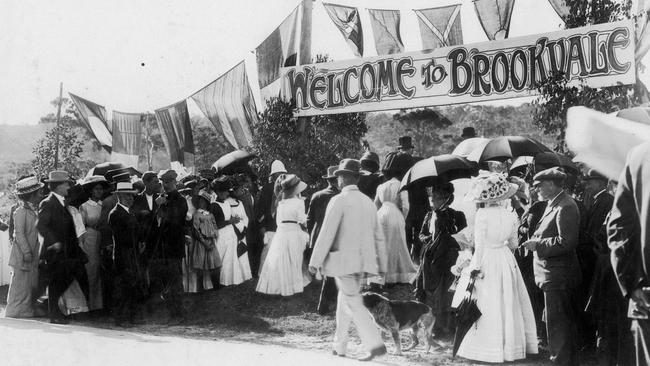
Manly
Don't miss out on the headlines from Manly. Followed categories will be added to My News.
It’s seen celebrations and exhibitions, sporting and horticultural contests, and even hosted hundreds of soldiers during war, and through it all Brookvale Park has remained at the heart of its community.
Bounded by Pittwater Rd, Pine Ave, Federal Pde and Alfred Rd, Brookvale Park covers nearly 13 acres (5.2ha) and its existence is the result of a series of purchases and resumptions by Warringah Council and the state government a century ago.
The land on which Brookvale Park lies is part of 50 acres (20ha) that was purchased from the government by William Redman in 1857 for £50.
Redman was a successful lawyer in Sydney who was bitten by the bug during the gold rush that began in 1851 and with two partners prospected on the Turon goldfields in NSW, where they were successful.
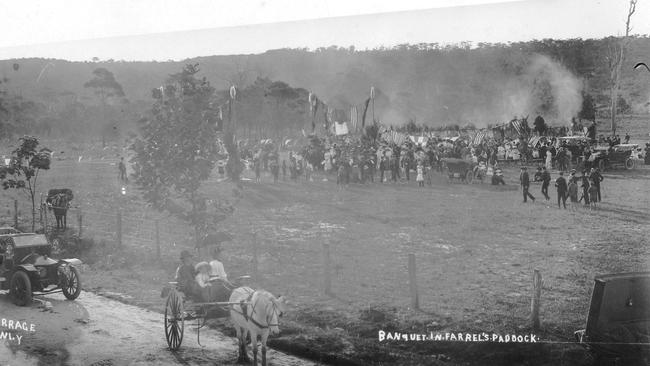
After a brief stint in state parliament, Redman returned to the law but also became a shrewd land speculator and amassed a considerable property portfolio, including on the northern beaches.
Redman died in 1882, aged 58, and his wife inherited his large estate.
In 1901 the executors of Redman’s estate sold 11 acres at Brookvale to Samuel Ladler and Henry Prince as tenants-in-common for £220.
The roughly square-shaped block of land, bounded by Pittwater Rd, Pine Ave, Federal Pde and Alfred Rd makes up the bulk of what is now Brookvale Park.
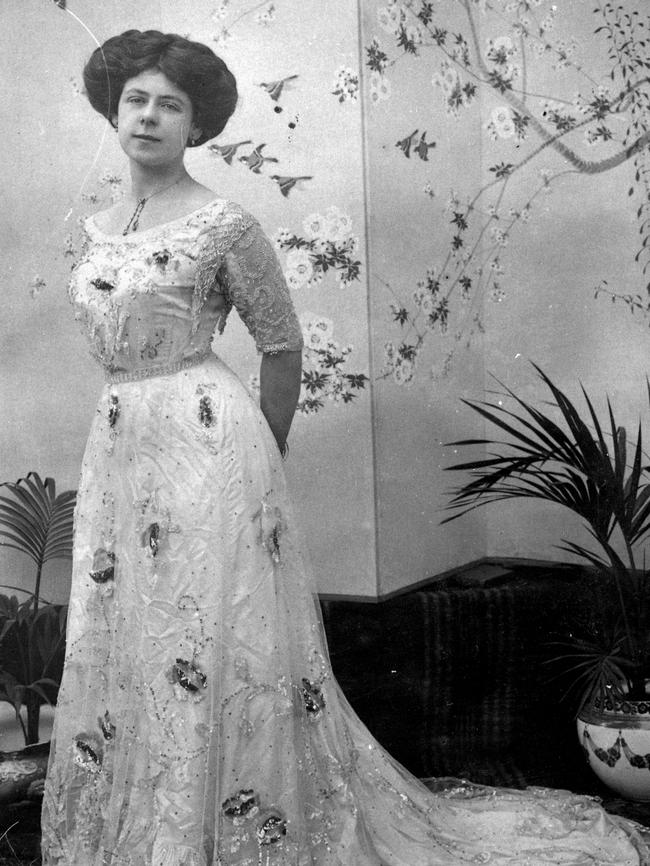
In 1907 Sadler and Prince sold their 11 acres to local woman Jane Malcolm for £460.
In 1906 – the year prior to Jane Malcolm’s purchase of her land – Warringah Shire Council had been incorporated and was soon to build chambers for itself facing Pittwater Rd, opposite the land Jane Malcolm had bought.
The incorporation of Warringah Council added momentum to calls by residents of Brookvale for the tram line to be extended further north from its terminus on the southern side of Manly Lagoon where Harris Farm now stands.
It also led to agitation by the council and by residents for a public park to be created at Brookvale.
In January 1907 the council urged the Lands Department to sell Crown land in the area and use the proceeds to buy a suitable piece of land for a public park but nothing came of that idea.
In September 1908 the council received a petition from residents of Brookvale urging the council to resume land in the area for a public park and their petition was forwarded to the local state parliamentarian, Dr Richard Arthur, with the request that he pass it on to the Minister for Lands.
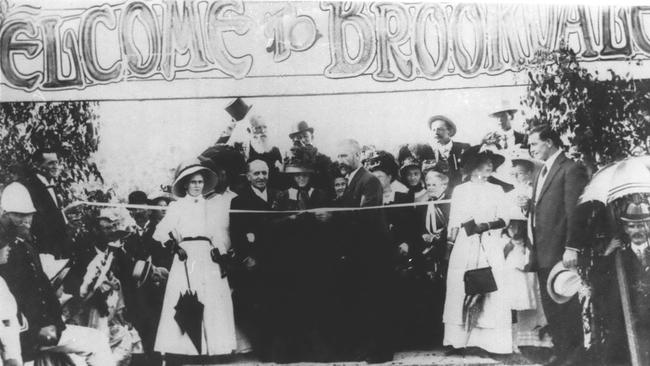
A year later a public meeting called for the Department of Lands to resume land for a public park at Brookvale and the council continued to lobby the Minister for Lands throughout 1909 and 1910, by which time everyone had their eyes set on one piece of land – the vacant land across the road from the council chambers that was owned by Jane Malcolm – or at least part of it.
In October 1910 the council received an offer it couldn’t refuse – the Minister of Lands, Niels Nielsen, said he would buy a part of Jane Malcolm’s land if the council paid one-third of the cost.
What the Minister had in mind was buying about half of Jane Malcolm’s land – a portion covering about 6½ acres down the middle of her 11 acres, that would run from Pittwater Rd back to Federal Pde but have no frontage to either Alfred Rd or Pine Ave.
The deal was that Warringah Council would contribute £430 and the Minister would contribute £856.
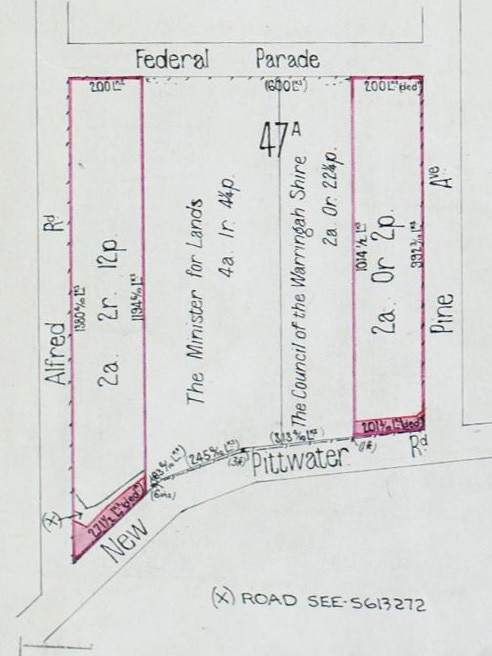
Everything seemed perfect until a bureaucrat pointed out that “the Minister’s consent to the council paying one-third of the purchase money could not be obtained for the reason that the council would not be recognised in the transfer of the title”.
But there was a way around the bureaucratic nitpicking – the 6¼ acres would be resurveyed so as to create two pieces of land – one of 4 acres and 1 rood that the Minister would buy for £856 and one of 2 acres that the council would buy for £430.
With all the parties satisfied – the council, the Minister, Jane Malcolm and the bureaucrats – the land was transferred to the council and the Minister on April 13, 1911.
Although the sale was registered on that date, the locals hadn’t bothered waiting for the sale to be made official – amid more pomp than pageantry, Brookvale Park was officially opened on March 4, 1910.
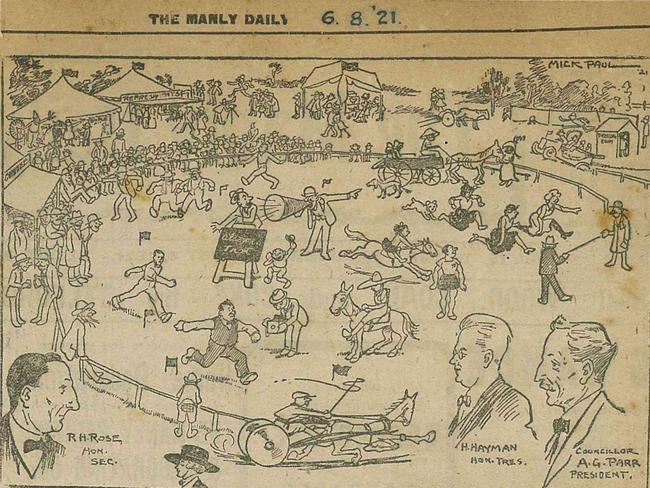
The wife of the Minister for Lands, Niels Nielsen, arrived at Manly Wharf and was met by Dr Arthur and driven to Brookvale.
On arrival, a presentation of a pair of silver scissors was made by Jane Malcolm and, after a few appropriate words, Mrs. Neilsen cut the ribbon and declared the park open.
Within a month of the park’s opening, Warringah Council granted the Metropolitan Rugby Union the use of the park during the winter months for £6.6.0 so the Manly Rugby Union Club’s second and third grade teams could have more home games.
The first rugby union match played at Brookvale Park was on April 22 between Manly and North Sydney’s second-grade teams.
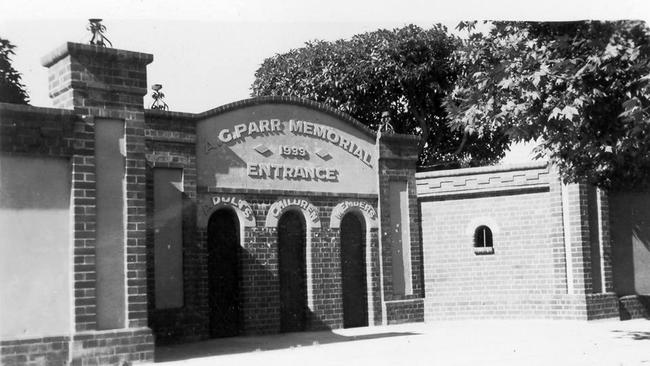
In July 1911 the council gave Brookvale Cricket Club permission to use Brookvale Park during the summer months on condition the club prepared the wicket, although the council provided some of the materials for the wicket.
In August 1911 the State Government gave care, control and management of the land the Minister of Lands had bought to the council.
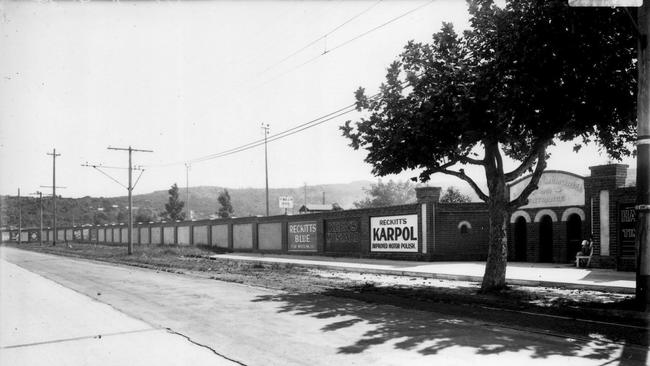
But Brookvale Park was still less than half its current size, comprising a large slice of Jane Malcolm’s land between Pittwater Rd and Federal Pde but with no access to either Alfred Rd or Pine Ave.
The two blocks of land fronting Pine Ave and Federal Pde, respectively, were both still owned by Jane Malcolm, who married George Try, a survey draughtsman formerly of Grafton, on April 18, 1911 – five days after her ownership of 6¼ acres had been transferred to the Minister for Lands and Warringah Council.
On July 15, 1912, Jane Try (nee Malcolm) transferred ownership of the two pieces of land fronting Alfred Rd and Pine Ave and flanking Brookvale Park to her husband “in consideration of the natural love and affection which I bear towards my husband, the said George Augustine Try, and in consideration of 10 shillings”.
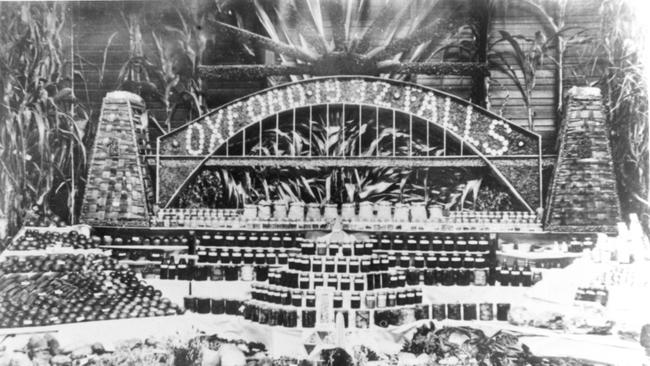
In early 1915, George Try offered to sell the two parcels of land to Warringah Council for £3500, then lowered his price to £3000, but the council didn’t have the money to buy them, so again it asked Dr Arthur to ask the state government if it would purchase the land.
In 1917 Mr Try lowered the price for the two parcels of land to £2300 and again the council hoped the state government would buy the land but its hope was in vain, especially while Australia was still heavily involved in World War I.
Mr Try offered the council very favourable terms – the first instalment would not have to be paid until at least six months after the termination of the war, the balance in annual instalments to be agreed upon and the interest on unpaid balances to be charged at rate of 6 per cent per annum – but it would be another 12 years before ownership of the two pieces of land owned by George Try were transferred to the council.
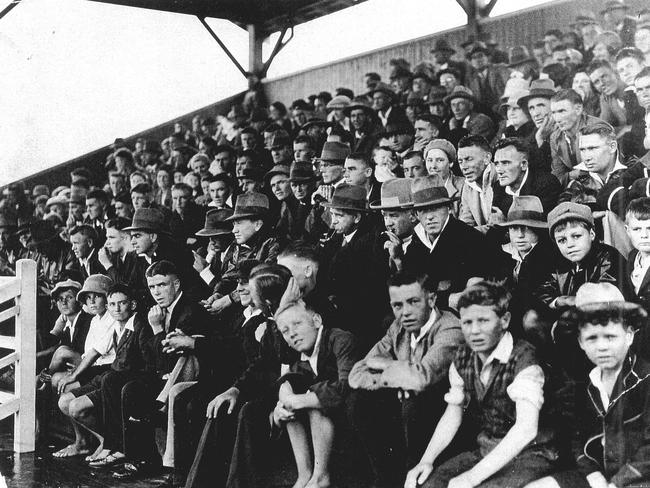
The delay didn’t stop locals and the council behaving as if they already owned the whole area and taking full advantage of it for meetings, celebrations, shows and sporting events.
Within a decade of its opening in 1911, Brookvale Park went from being a piece of vacant land to a showground.
The Brookvale Show began in 1921 following the formation of the Warringah Agricultural, Horticultural, Amateur Sports and Athletics Association, later shortened to the Warringah Shire and Manly Agricultural and Horticultural Society, and an approach the Society made to Warringah Council in February that year.
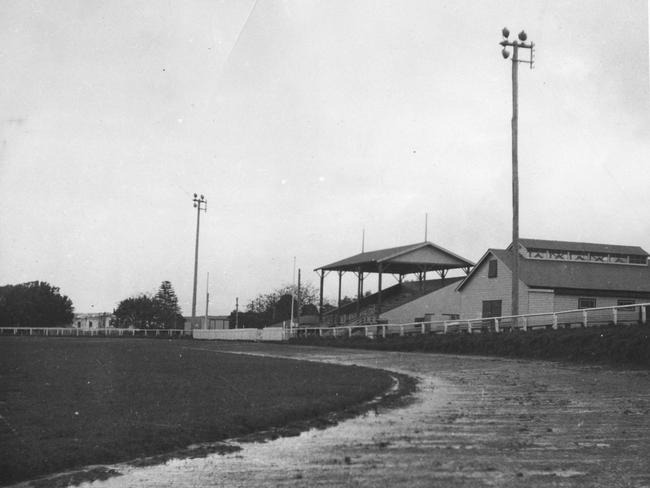
The first show was held on July 30 and was the result of much hard work by local residents, as one newspaper reported:
“There was no track for foot and pony races in the shire but permission for the use of the Brookvale Park having been received from the council, the residents became working bees for successive Saturday afternoons until a track was made and fenced off and a real showground was prepared.”
There were displays of agricultural and horticultural produce, of livestock including cows and horses, dogs and poultry, as well as of pies, cookies, jams and preserves, as well as a flower show and needlework competitions.
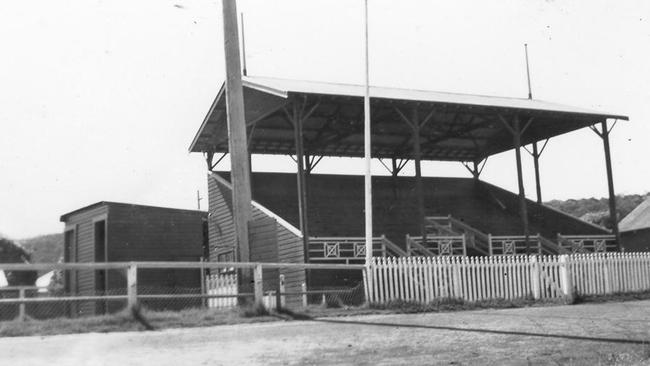
For those with an interest in more physical contests, there were tugs-of-war, greasy pole events, bicycle races, pillow fights, foot races for men, women, girls and boys, trotting races and displays of horsemanship.
The first show also included a walking race between Warringah Shire councillors and Manly Council aldermen.
In 1922 Manly Bicycle Club held an open carnival on February 25 on a new track at Brookvale Park that was banked.
There were a half- and one-mile handicap races and a five-mile scratch race.
The second Brookvale Show was held in August 1922 and the third was held over two days on January 26 and 27, 1923, after which it was always held over two days.
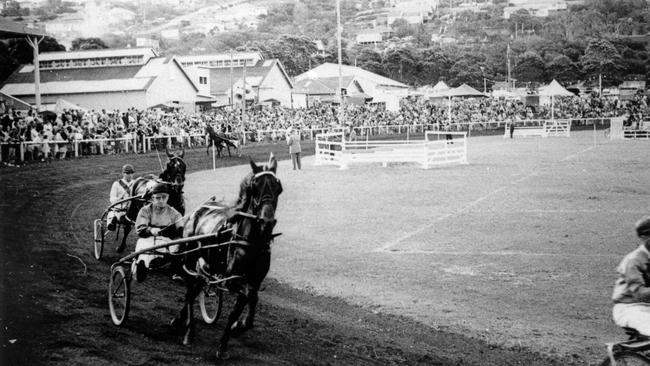
Over the years the equestrian events grew in number, woodchopping became increasingly popular and the trotting track became one of the show’s biggest earners.
Most of the pigs on show were raised by ex-servicemen who lived in the Soldier Settlement at what was formerly part of Frenchs Forest but is now Forestville.
A multitude of sideshows sprang up around the main ring, while stands were constructed for the comfort of spectators and pavilions were built to house special displays.
In 1929, Warringah Council took official ownership of George Try’s two parcels of land and decided to borrow £3000 for improvements to Brookvale Park, including £1475 to build a grandstand, £750 for drainage of the park and the construction of a track, £500 for the construction of an exhibition pavilion and £275 for the construction of sheds.
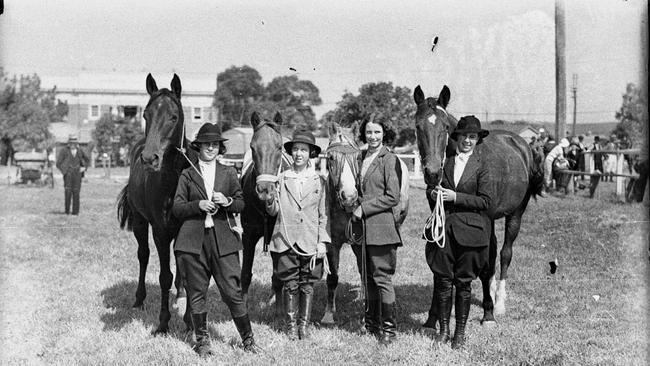
The oval was 474ft by 324ft and the racing track around it was 30ft wide.
The council accepted the tender of N. Jacobsen of Balmain to build the grandstand for £996 and that of A. Verrills to build a weatherboard pavilion for £320. Verrills was subsequently asked to build a second pavilion.
For the 1930 Brookvale Show, Pine Ave and Alfred Rd were closed to traffic for two days, as was the case for many subsequent shows.
The same year also saw motorcycle races held on the track in Brookvale Park but resident opposition to the noise generated by the racers saw them curtailed in 1931 and blocked altogether thereafter.
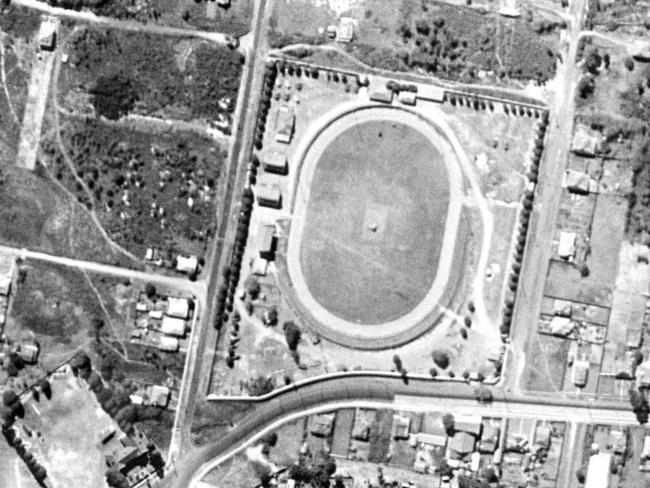
Manly Warringah Junior Rugby League was formed in 1932 and in April that year applied to Warringah Council for the sole use of the ground on Brookvale Park, marking the start of the link between rugby league and Brookvale Park that continues to the present day.
In late 1932 Warringah Council began considering ways of fencing Brookvale Park and took advantage of £500 that was made available by the Unemployment Relief Council – one of many infrastructure projects on the northern beaches undertaken during the Depression using grants or cheap loans from the state government.
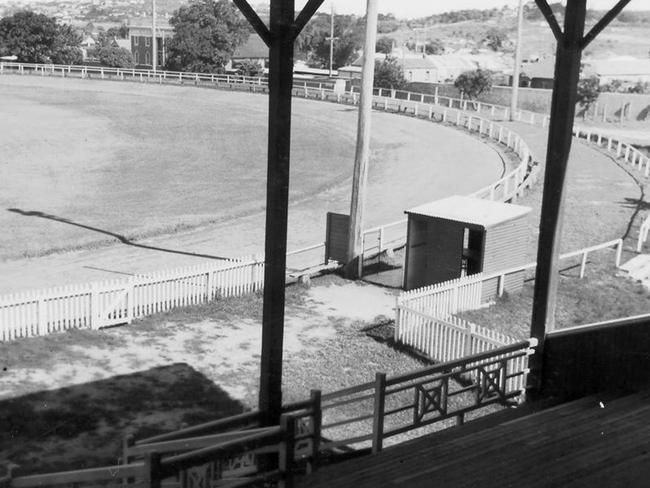
Eventually it was decided to build a panelled brick wall along the park’s Pittwater Rd frontage similar to the one at the Sydney Sports Ground, with timber and corrugated iron fencing along the other three street frontages.
The brick wall was 8 feet high and 9 inches thick.
The council soon realised that it could sell the panels in the brick wall to advertisers, providing another source of income for the maintenance of the park.
In August 1933 the council voted that the gate in the brick wall fronting Pittwater Rd would be named in honour of Arthur Parr, who had been a Warringah councillor since 1920 and had served as president of the council from December 1920 to December 1925 and from March 1926 to December 1927.
Cr Parr, who had previously been president of the Collaroy Progress Association, died in August 1931, aged 55.
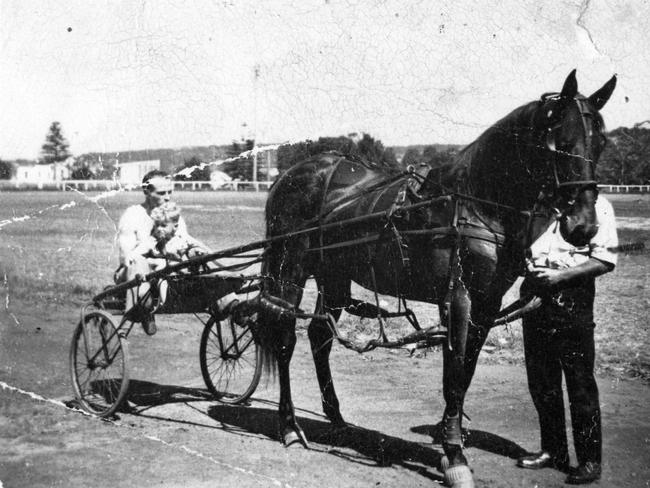
The council later decided to position the memorial gate near the corner of Pine Ave, facing the council chambers.
In September 1933 the council gave permission to the Warringah Amateur Cycle Club and the Manly District Amateur Cycle Club to use the track at Brookvale Park for races and training.
In 1935 the council sought and obtained a loan of £1400 from the State Superannuation Board to reconstruct the sports oval and racing track, the rebuilding of the fence around the oval and the installation of a stormwater channel on the western side of the park, although the loan wasn’t made until late the following year.
By the late 1930s the buildings at Brookvale Park comprised a grandstand 51ft by 31ft, a dance hall 31ft by 49ft, an exhibition pavilion 49ft by 30ft, a second exhibition pavilion 51ft by 31ft, a publican’s booth 33ft by 28ft, a kiosk 50ft by 35ft and adjoining kitchen, and a small office.
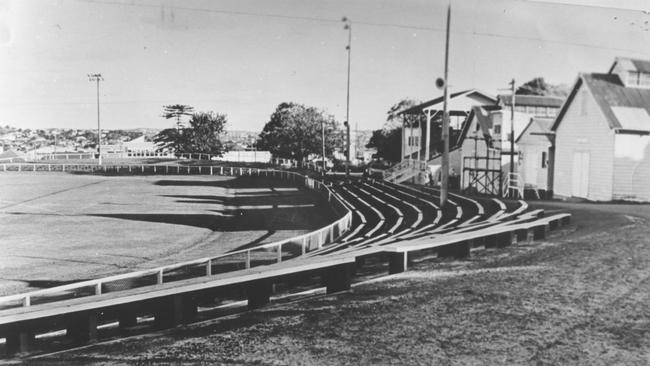
All the buildings were built of timber and had corrugated iron roofs.
Throughout the 1930s, all manner of sporting and civic organisations made use of Brookvale Park or its buildings but 1938 saw the first use of the park for military purposes, presaging what was around the corner for the park – and the nation.
For three days in April 1938, members of the 7th Field Brigade Australian Military Forces, comprising about 100 officers and men, 40 horses, and guns, carried out exercises on and near local beaches and bivouacked in Brookvale Park.
In May 1939, members of the 1st Artillery Survey Company from Victoria Barracks held a weekend exercise in the area and used the buildings on Brookvale Park, while members of 2 Garrison Battalion camped at Brookvale Park over Christmas that year.
In September 1939 the council was informed that the military authorities would occupy Brookvale Park “at the will of the Commonwealth” until the cessation of hostilities.
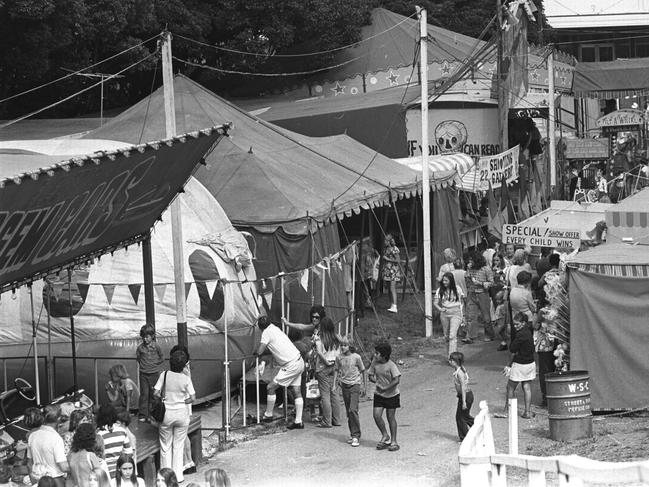
The Commonwealth agreed to pay the council £25 a month rent for the park and to cover the cost of all utilities and the cost of any repairs.
During the war Brookvale Park mainly hosted members of 7 and 18 Garrison Battalions, which manned the defences on local beaches, as well as the VDC Training Battalion and the 1 Australian Anti-Aircraft Searchlight Battalion.
The military vacated Brookvale Park at the end of 1943, apart from a few searchlights for training purposes.
Warringah Council received £138 from the Commonwealth for the restoration of the oval and other expenses, and the Warringah Shire and Manly Agricultural and Horticultural Society received £338 for repairs to its buildings in the park.
At no time had the council ever made a profit from Brookvale Park – in 1939, for instance, the council spent £428 on the park and made only £220 in income – but the loss was even greater in 1940, 1941, 1942 and 1943 because of the army’s occupation of the park.
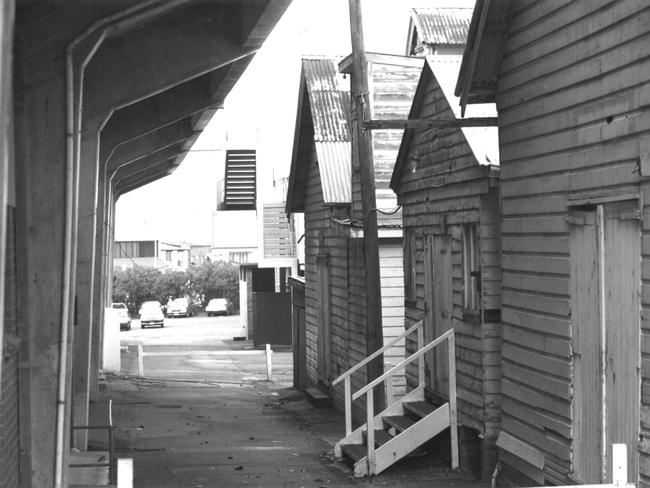
With the army’s departure, activity on Brookvale Park returned to normal but within a few years the annual Brookvale Show began to conflict with another use of the park – rugby league – following the formation of the Manly Warringah Rugby League Club in 1946, for which Brookvale Park became the club’s home ground.
In 1950, the two blocks of land covering 2¼ acres (0.9ha) on the northern side of Federal Pde, across the road from Brookvale Park, were resumed by Warringah Shire Council and added to the park.
In order to add the two blocks to the park, the council had to move the section of Federal Pde between Pine Ave and Alfred Rd further north.
Where before Federal Pde had followed a straight line from east to west, it now has two doglegs – one at Pine Ave and one at Alfred Rd.
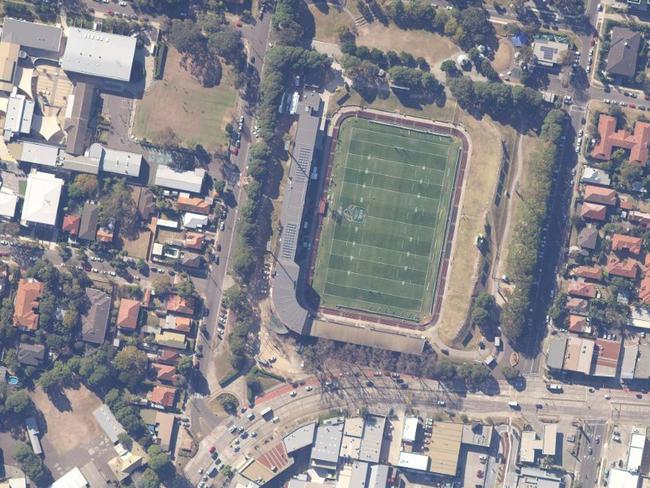
Over the decades following the war, the three-day, two-night Brookvale Show continued to grow in popularity and in 1961 attracted a crowd of 30,000 people to see what was then Australia’s largest Ferris wheel, as well as all the other usual attractions.
But the use of Brookvale Park by the leagues club over the years has also increased, as has the club’s influence over the development of facilities there.
By 1970 the show organisers had been forced to forgo the trotting track, robbing them of a sizeable income, and eventually all equestrian events had to be moved to a Frenchs Forest oval because of the damage the horses’ hooves were doing to the playing surface of the oval.
Eventually the Brookvale Show ceased in the early 1990s, after which the old timber sheds that housed the stalls and exhibits were demolished.
The Brookvale Show was reprised in 2011 but only as a one-day event.


